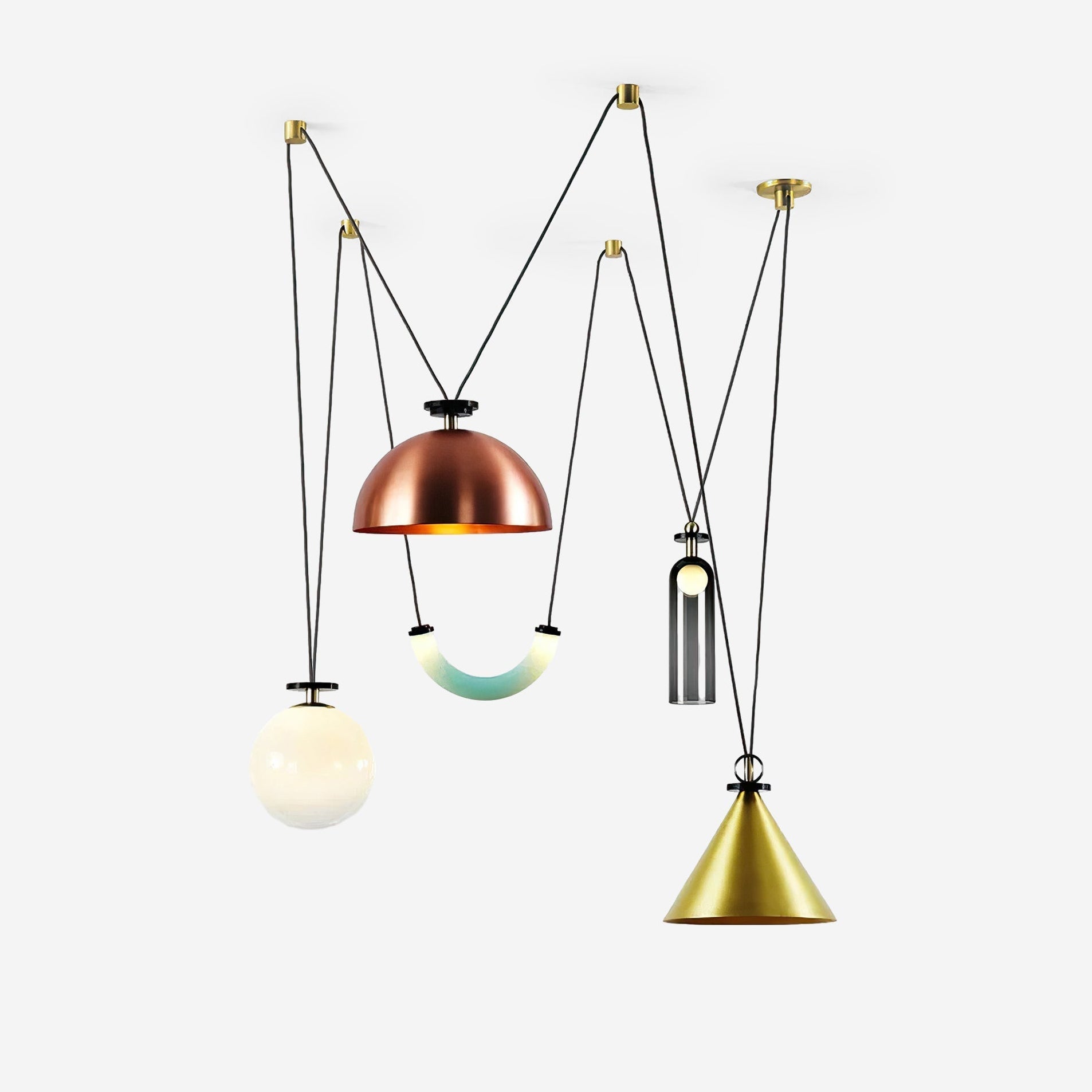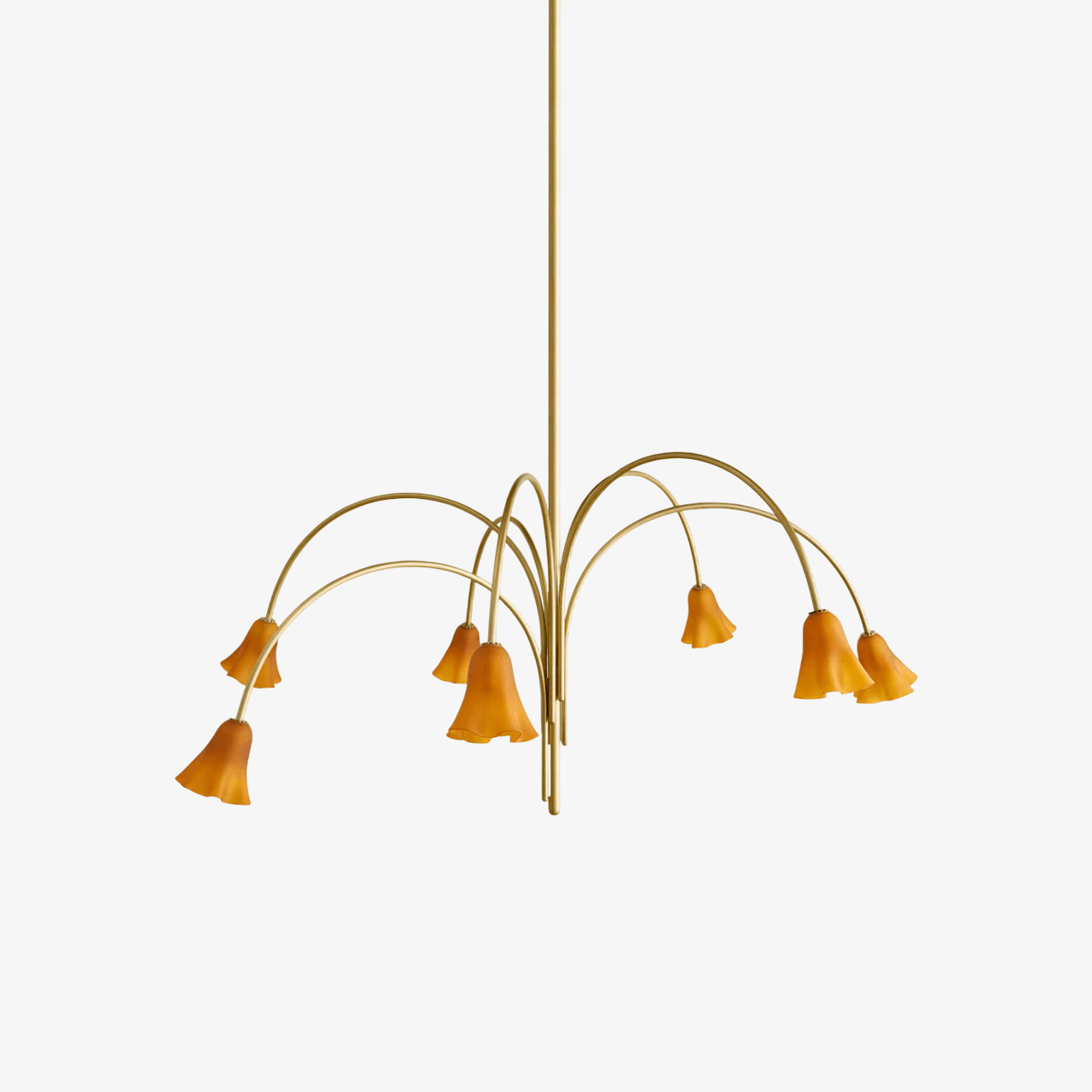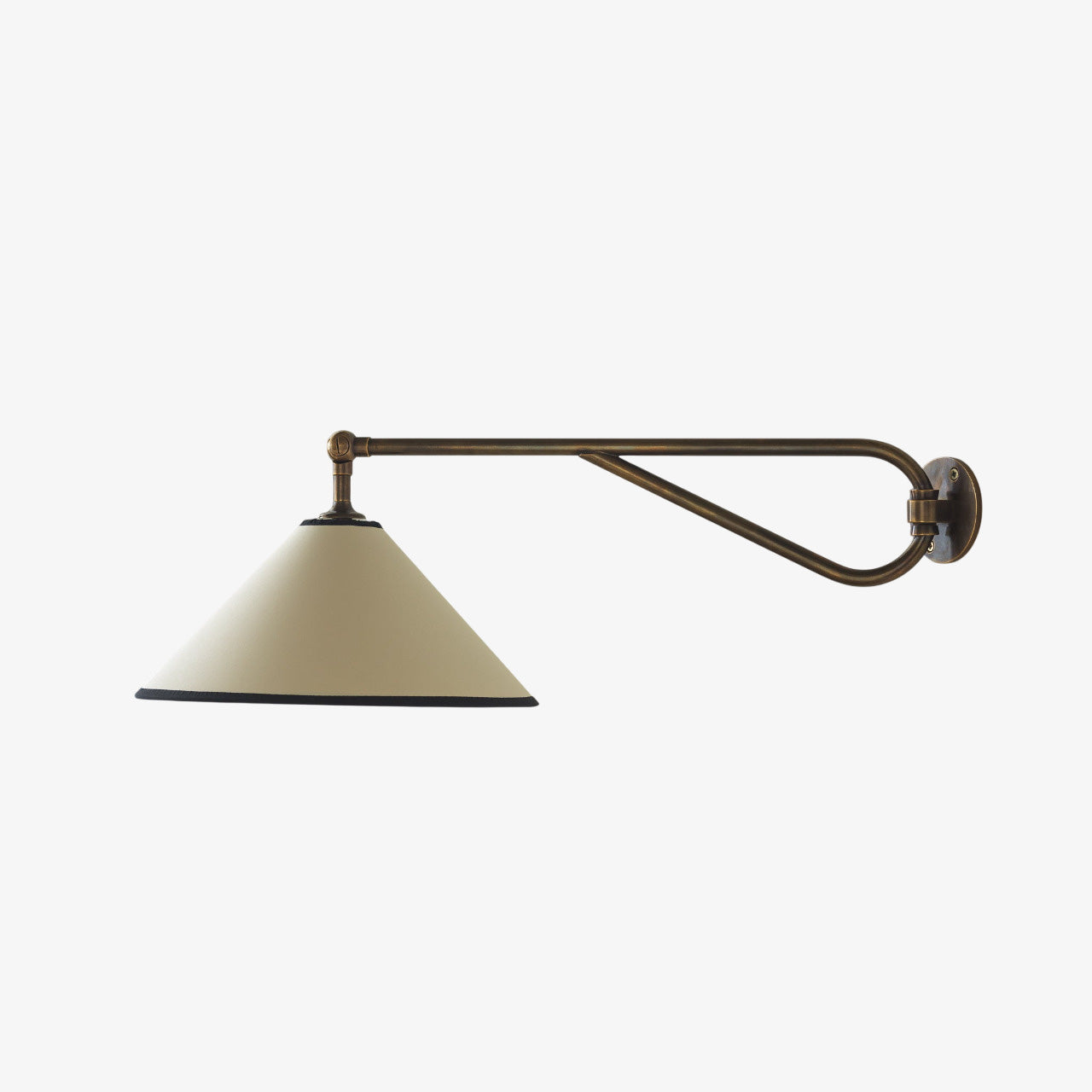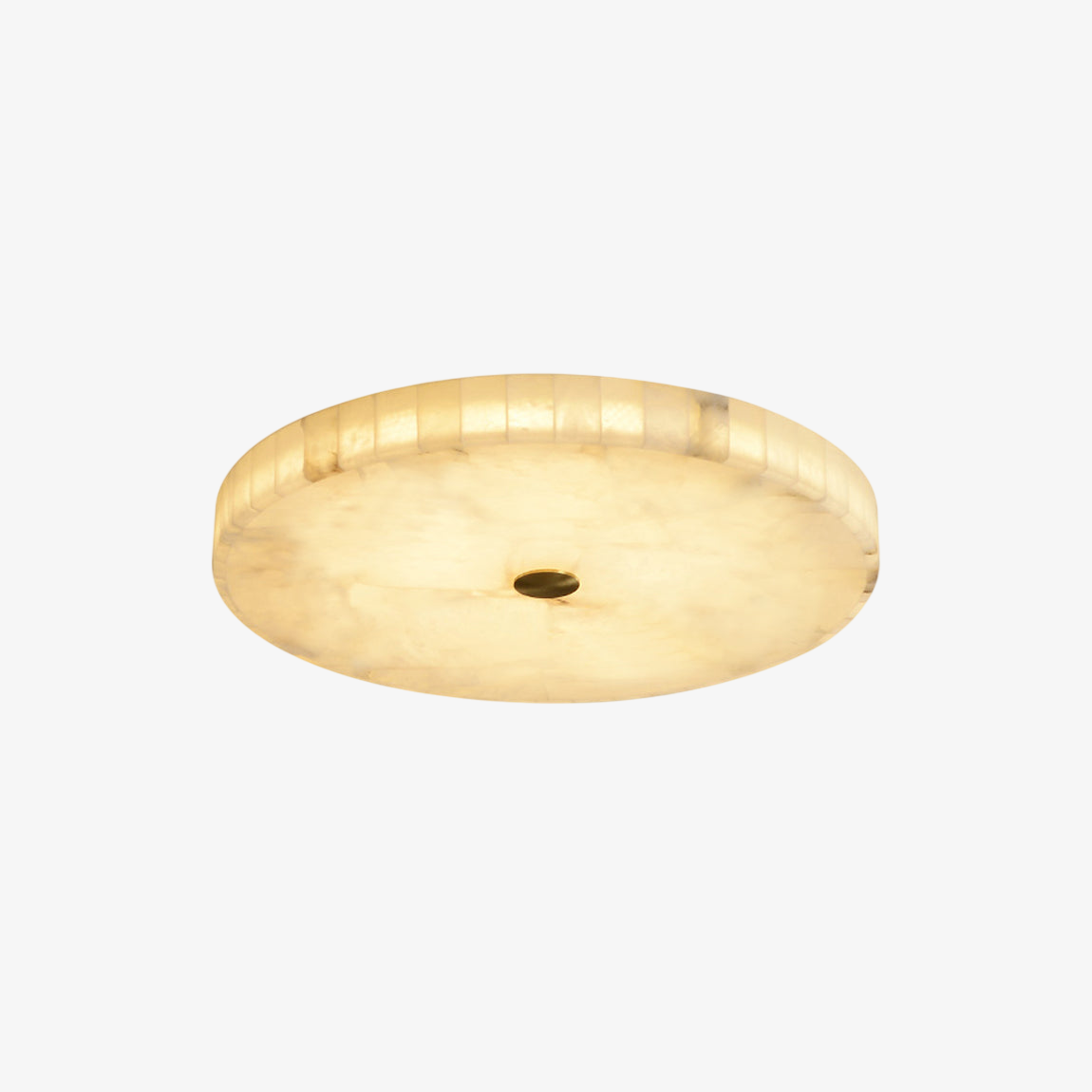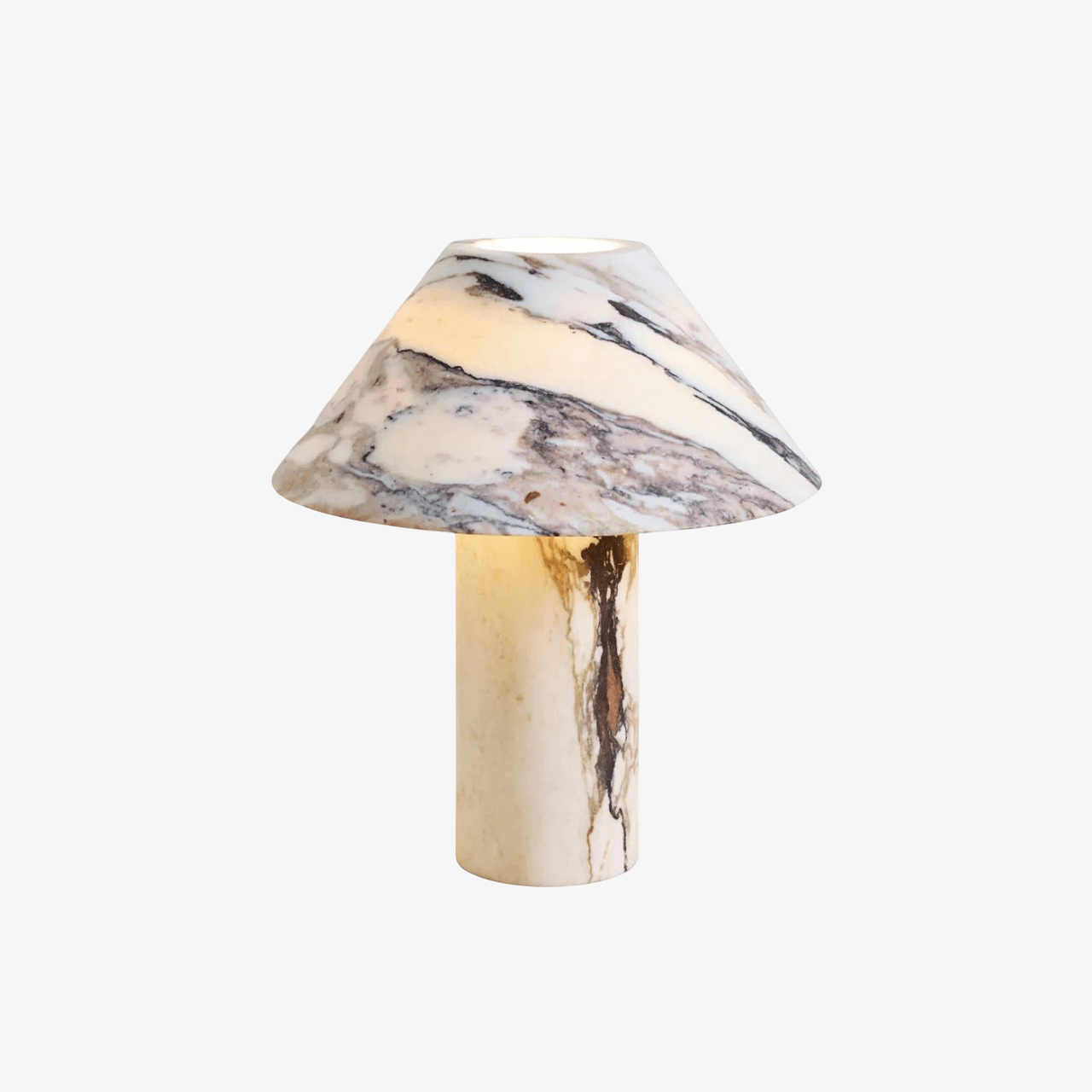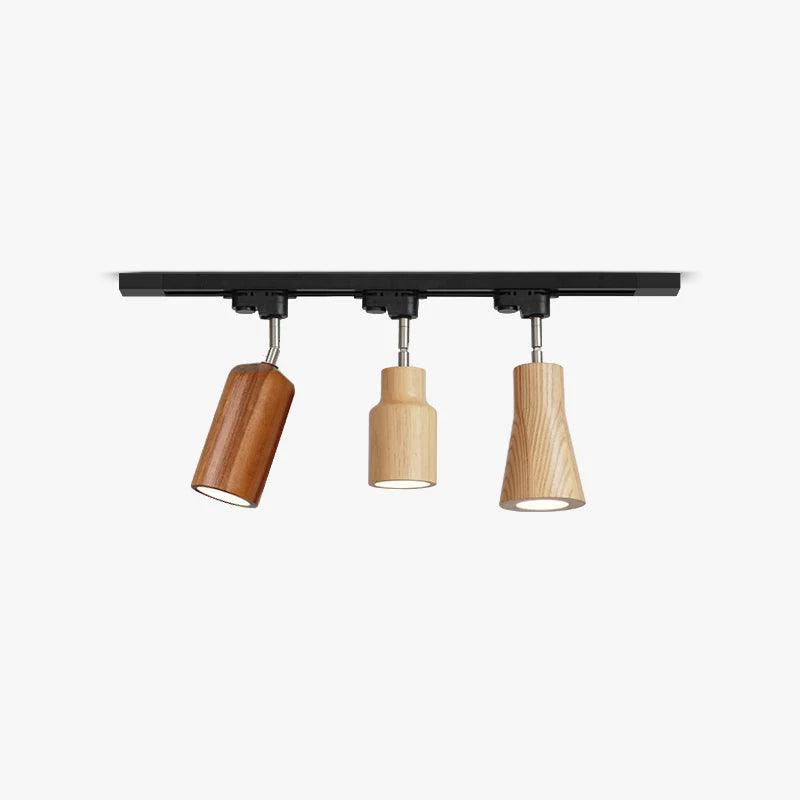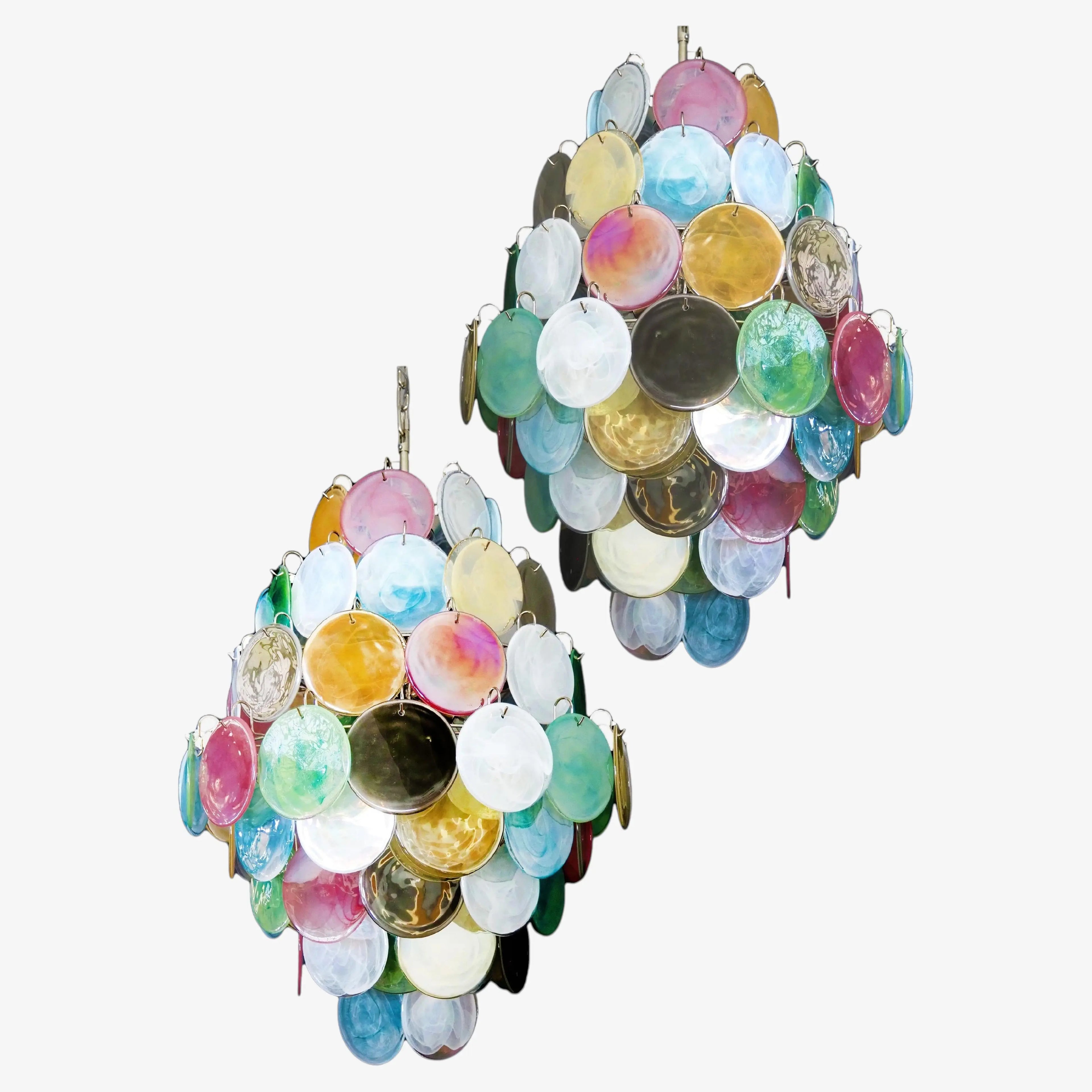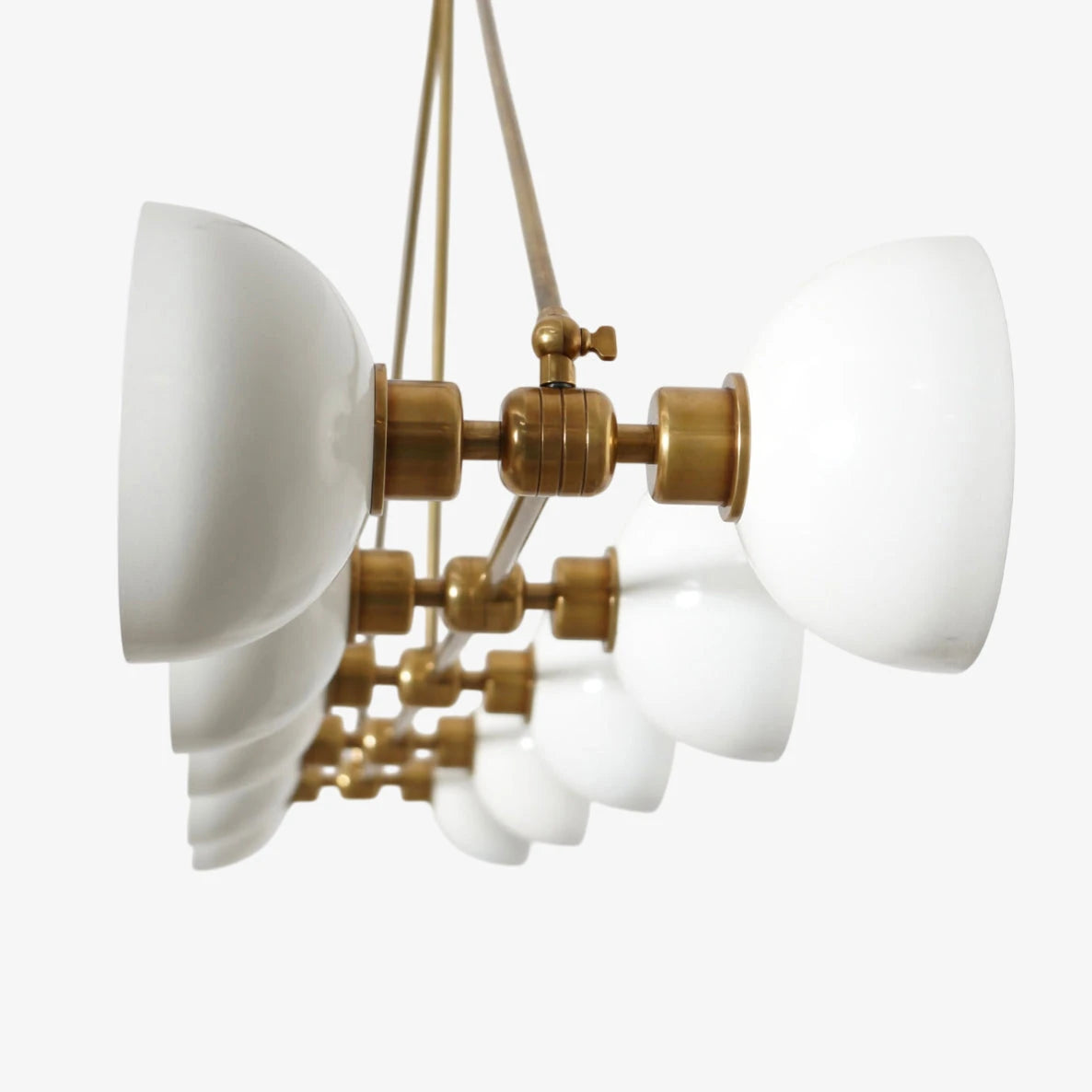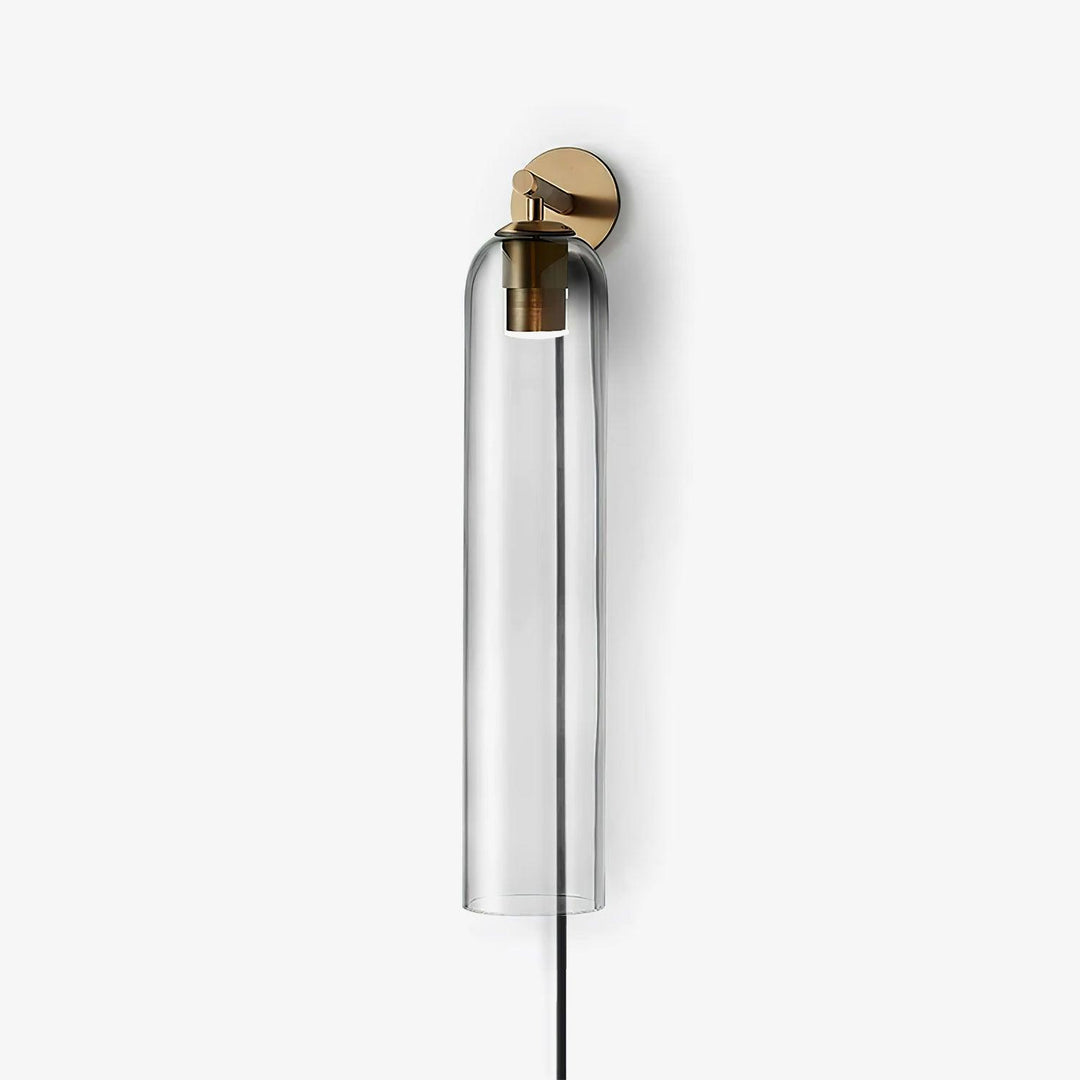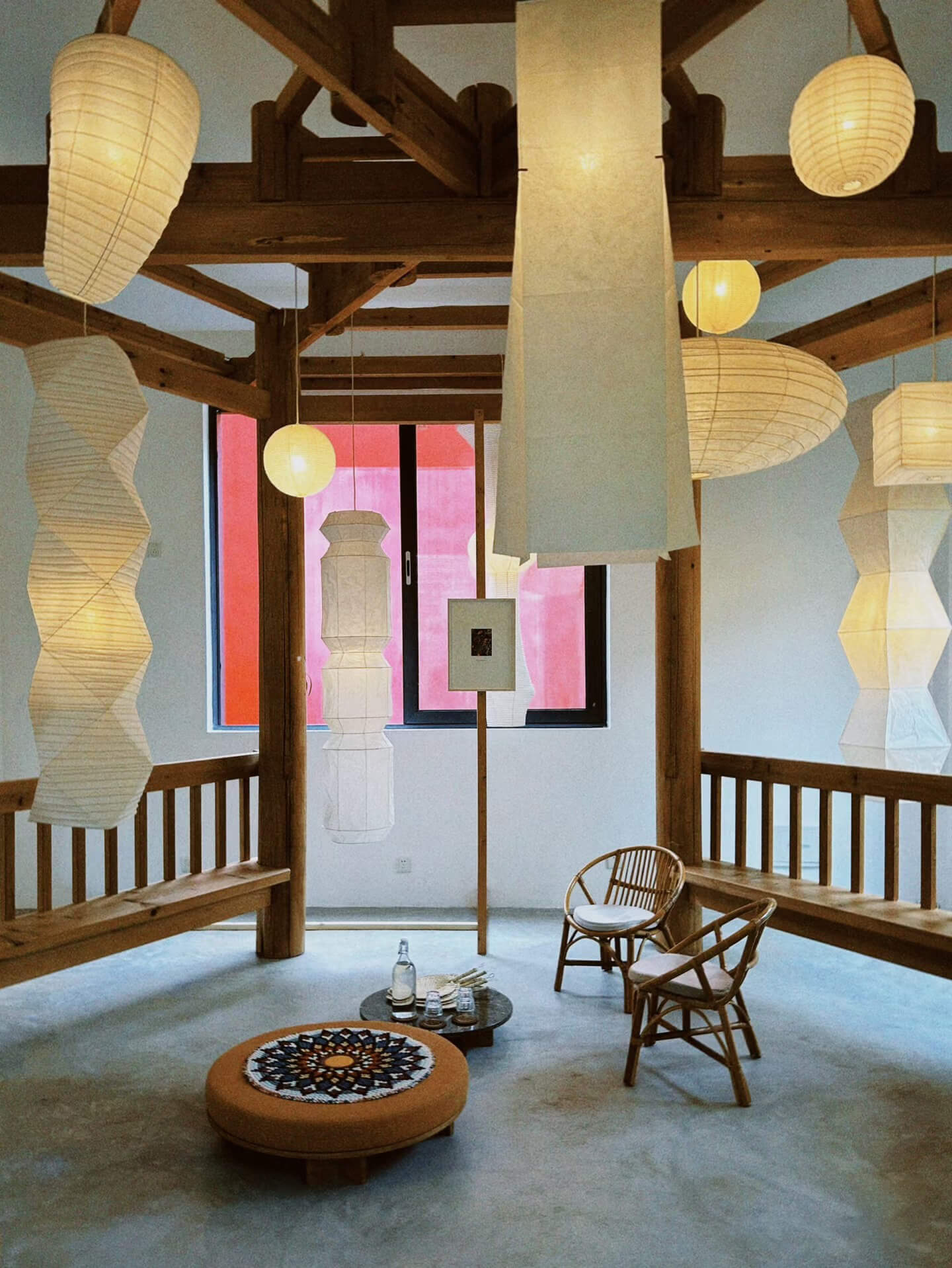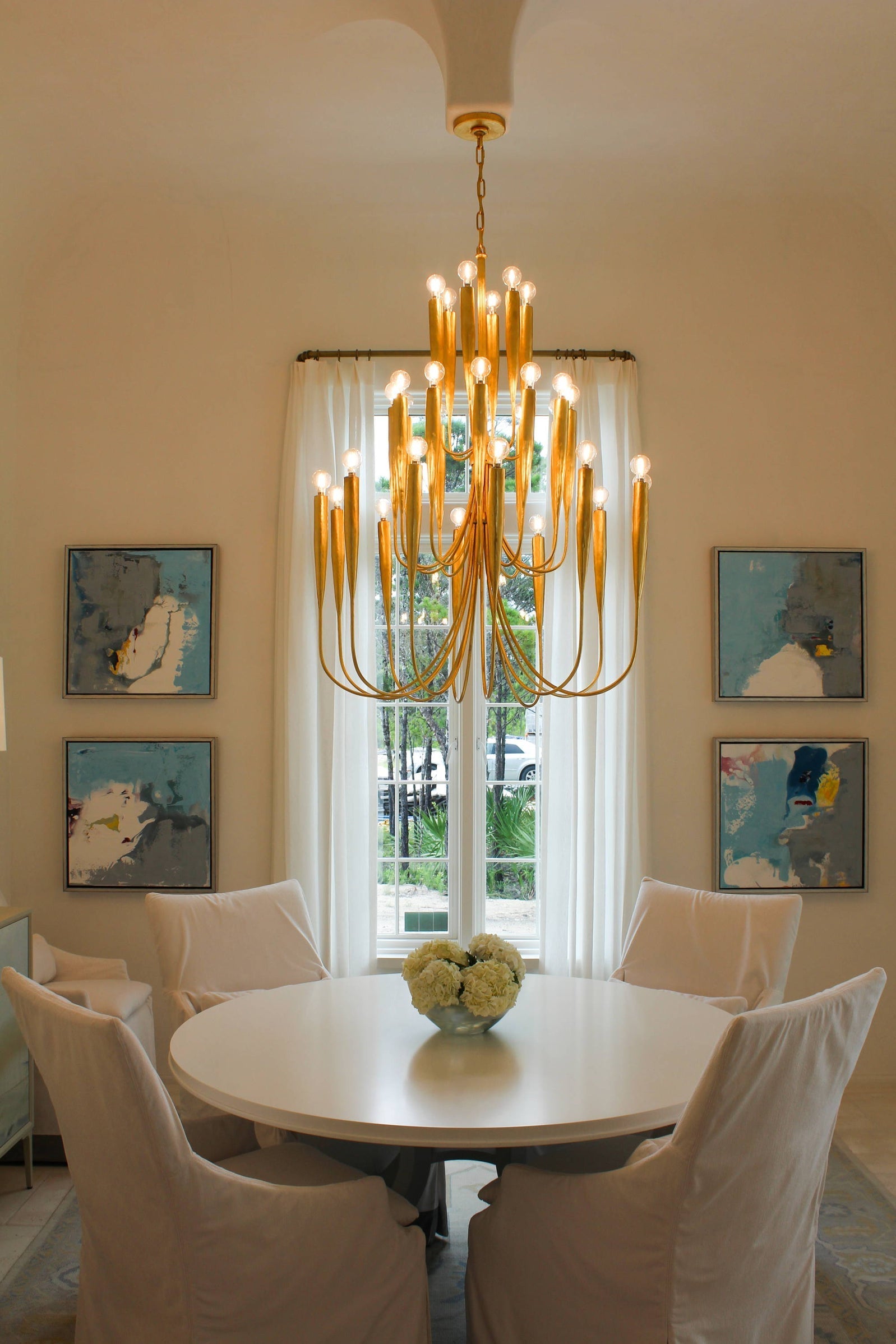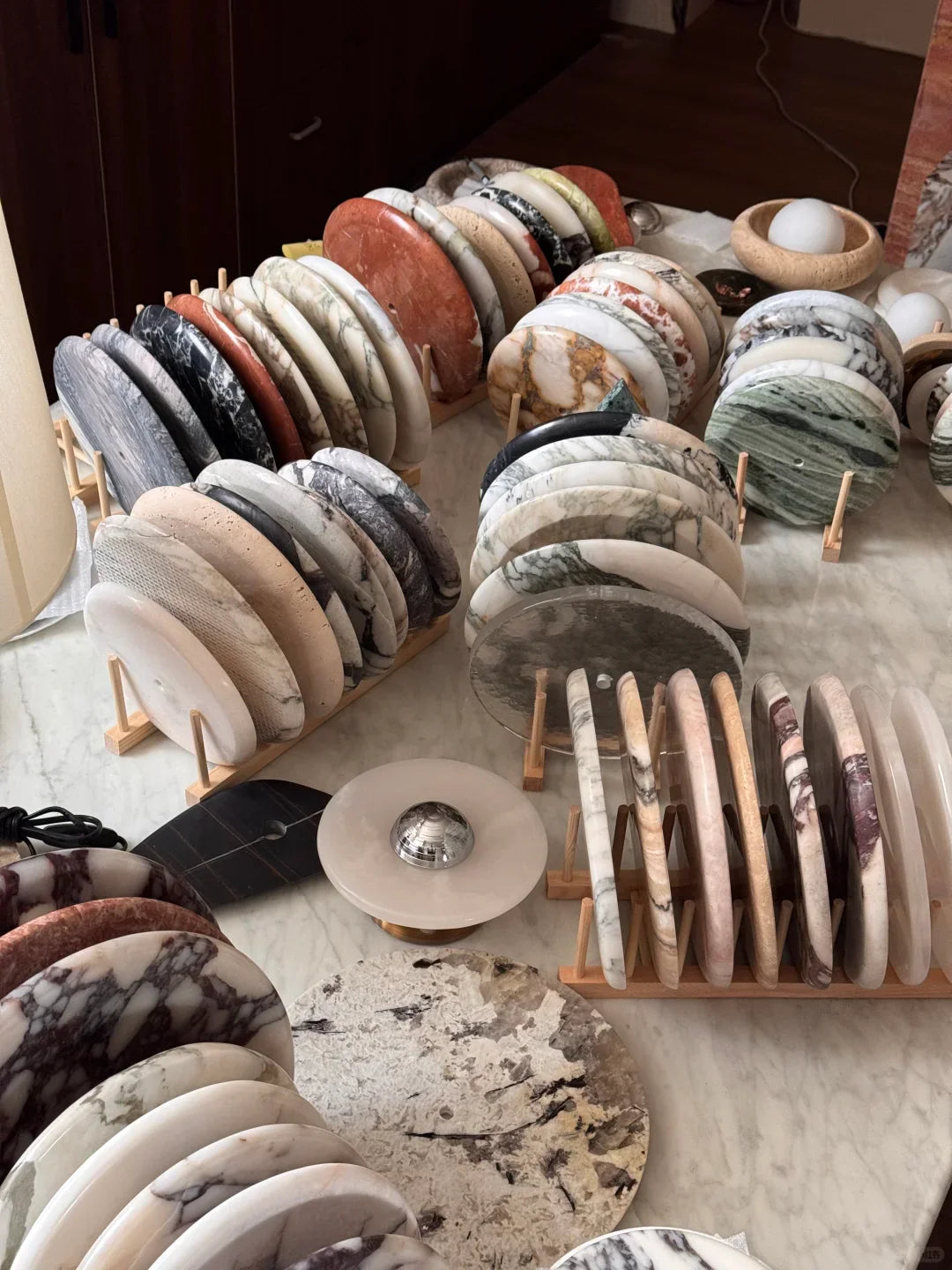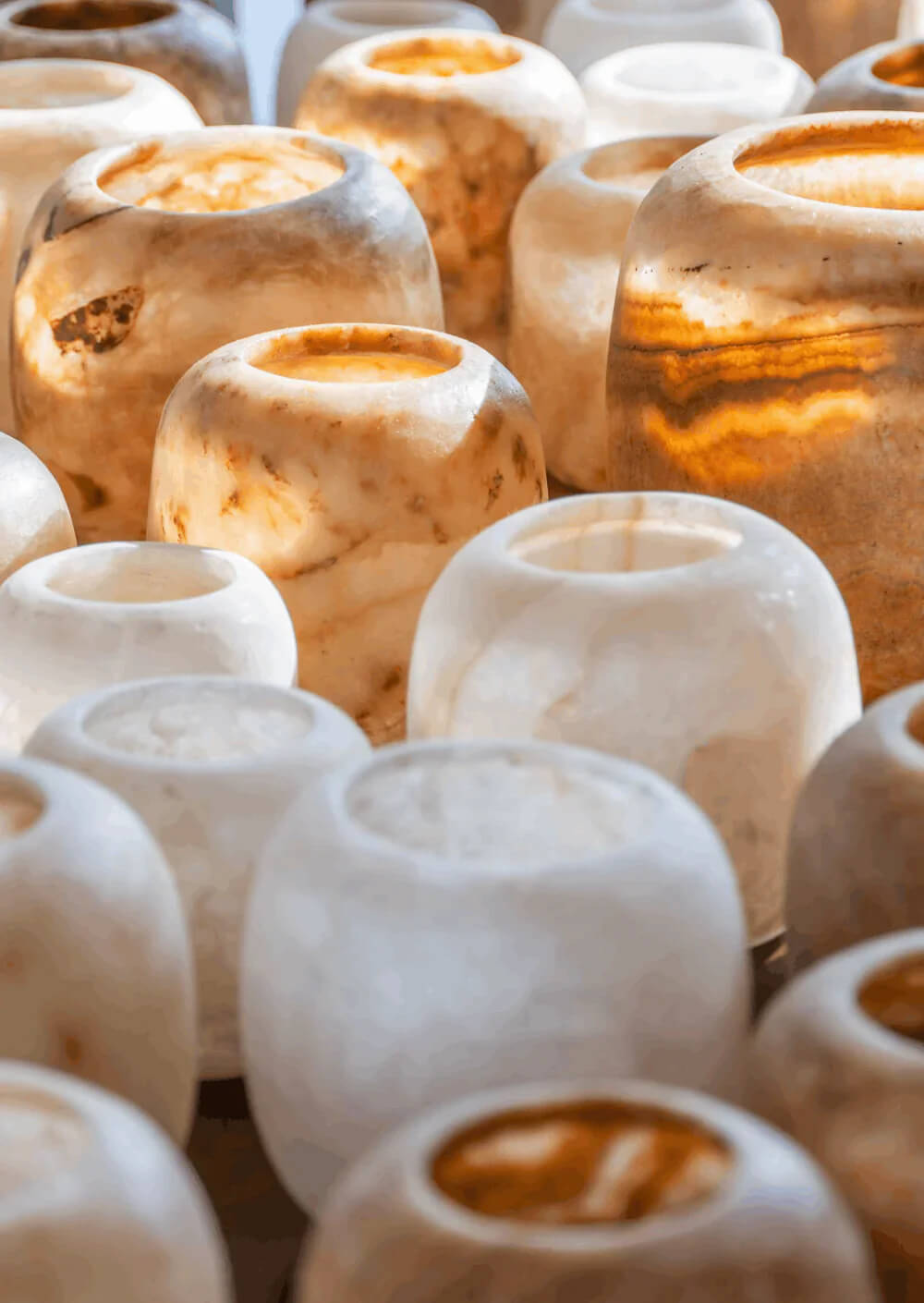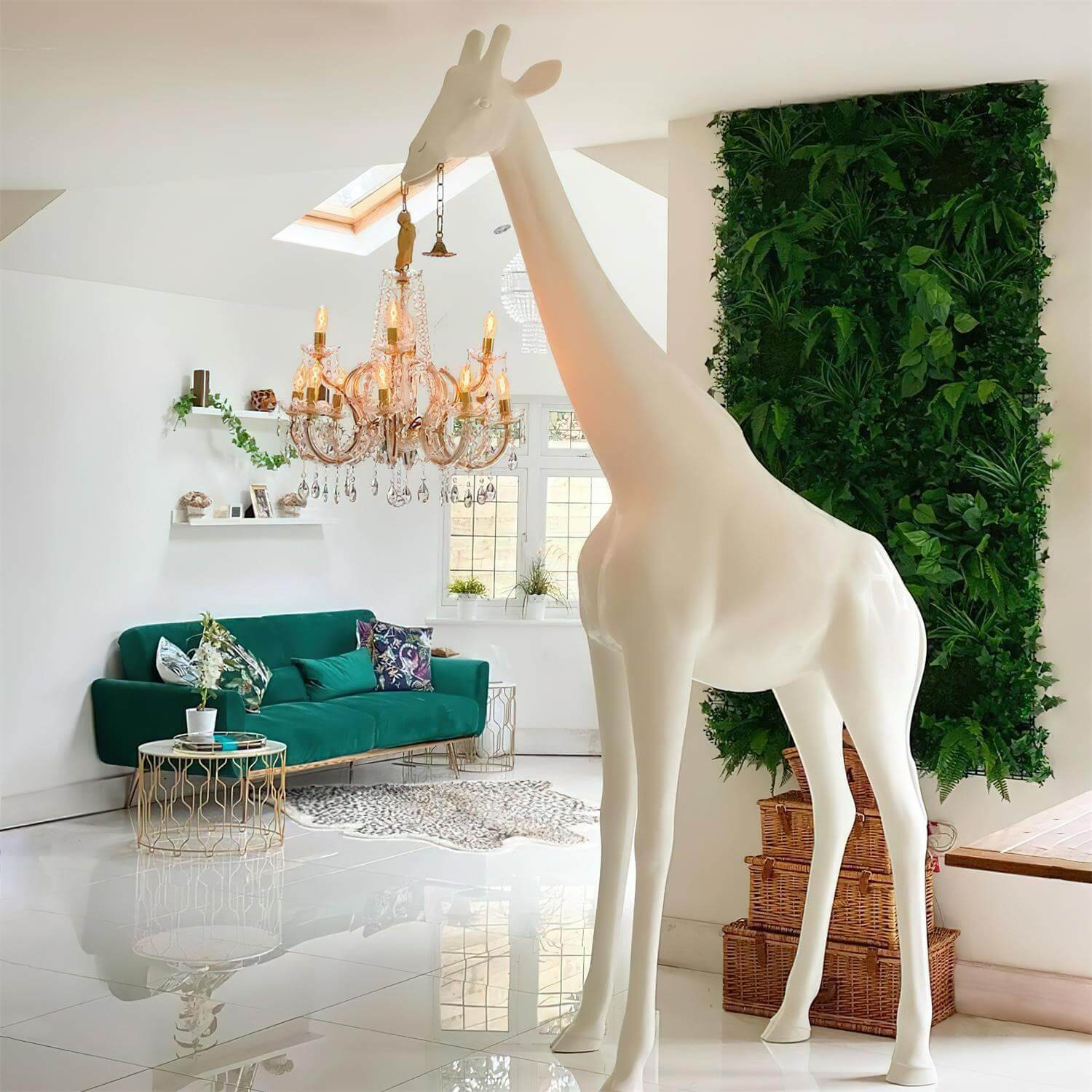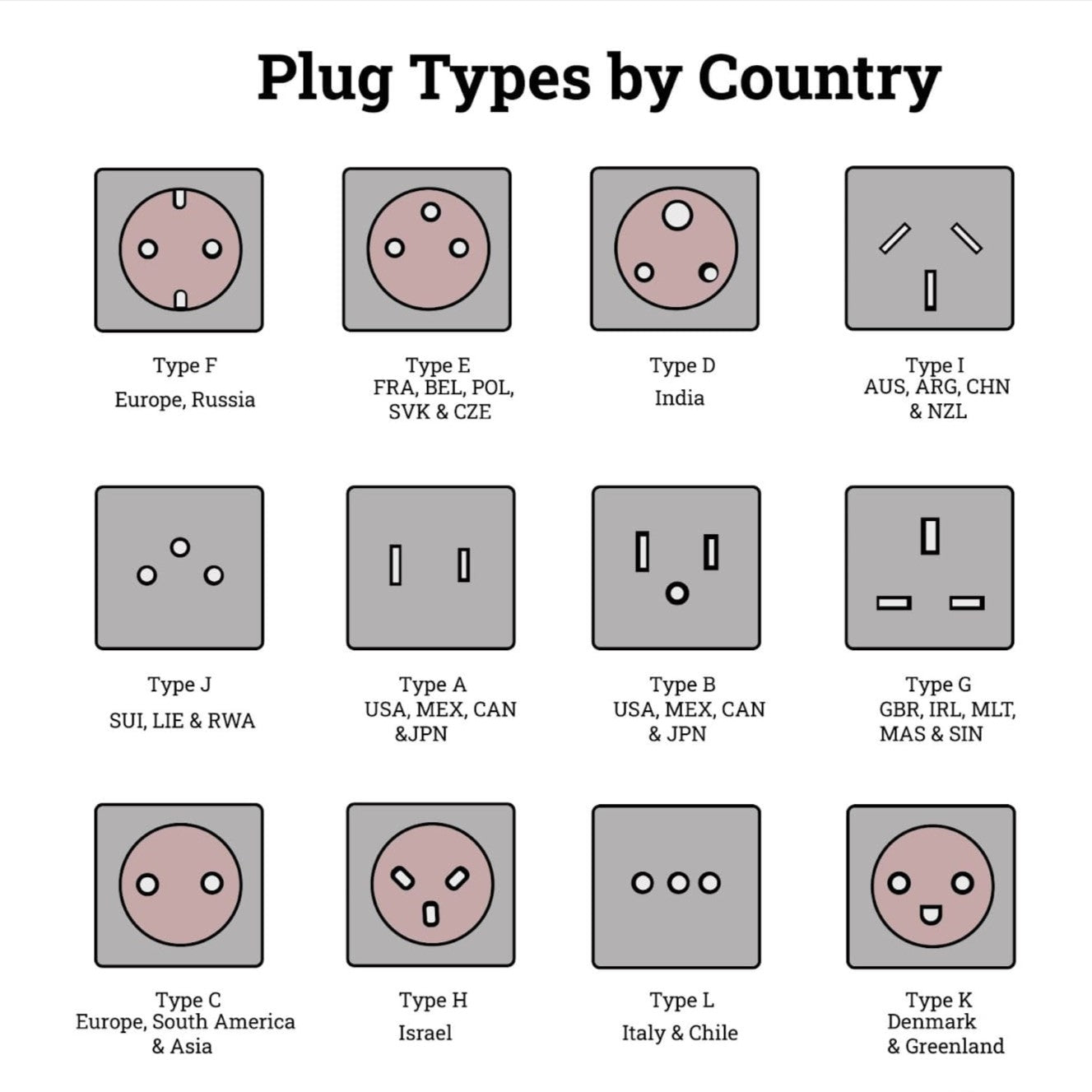
How to Choose Correct Plug Types?
Table of Contents
Overview
Plug standards are often different from country to country and in order to make our luminaires available to customers all over the world, we will present the optional plug standards as well as the rest of the customisable plug standards.

In our store we offer 4 standards of plug, so let's start with these four standards.
1. US Standard
-
US Standard Plug Type A (This is what we offer you)
Used in: US, Canada and Japan.
The Type A electrical plug (or flat blade attachment plug) is an ungrounded plug with two flat parallel pins. Although the American and Japanese plugs appear identical, the neutral pin on the American plug is wider than the live pin, whereas on the Japanese plug both pins are the same size. As a result, Japanese plugs can be used in the US but often not the other way around.
The pins on Type A and Type B plugs have a hole near the tip that fits into ‘bumps’ found on the contact wipers of some sockets, so that the pins are gripped more tightly allowing for better contact and also to prevent the plug from slipping out of the socket. Some sockets have spring-action blades that grip the sides of the pins, making the holes obsolete.




-
US Standard Plug Type B (This need to be customized)
The Type B electrical plug has two flat parallel pins and a round grounding (or earth) pin. The earth pin is longer than the other two so that the device is grounded before the power is connected. As with the type A plugs, the American and Japanese versions vary slightly.
Type B plugs are rated at 15 amps.




2. EU Standard
-
EU Standard Plug Type C (This is what we offer you)
Used in: Europe, with the exception of the UK, Ireland, Cyprus and Malta
The Type C electrical plug (or Europlug) is a two-wire plug that has two round pins. It fits into any socket that accepts 4.0 – 4.8 mm round contacts on 19 mm centres. They are being replaced by E, F, J, K or N sockets which work perfectly with Type C plugs.
Type C plugs are generally limited for use in appliances that require 2.5 amps or less.




-
EU Standard Plug Type E (This need to be customized)
Used in: France, Belgium, Slovakia and Tunisia among others
The Type E electrical plug has two 4.8 mm round pins spaced 19 mm apart and a hole for the socket's male earthing pin. The Type E plug has a rounded shape and the Type E socket has a round recess. Type E plugs are rated 16 amps.
Note: The CEE 7/7 plug was developed to work with Type E and Type F sockets with a female contact (to accept the earthing pin of the Type E socket) and has earthing clips on both sides (to work with Type F sockets).




3. AU Standard
-
AU Standard Plug Type I
Used in: Australia, New Zealand, Papua New Guinea, Argentina
The Type I plug has two flat pins in a V-shape as well as a grounding pin. A version of the plug, which only has the two flat pins, exists as well. The Australian plug also works with sockets in China.
Australia’s standard plug/socket system is rated 10 amps but a plug/socket configuration rated 15 amps also exists, although the ground pin is wider. A standard 10 amp plug will fit into a 15 amp socket but not the other way around.




4. UK Standard
-
UK Standard Plug Type G
Used in: UK, Ireland, Cyprus, Malta, Malaysia, Singapore, Hong Kong
The Type G electrical plug has three rectangular blades in a triangular pattern and has an incorporated fuse (usually a 3 amps fuse for smaller appliances such as a computer and a 13 amps one for heavy duty appliances such as heaters). British sockets have shutters on the live and neutral contacts so that foreign objects can’t be introduced into them.




End.
Share

